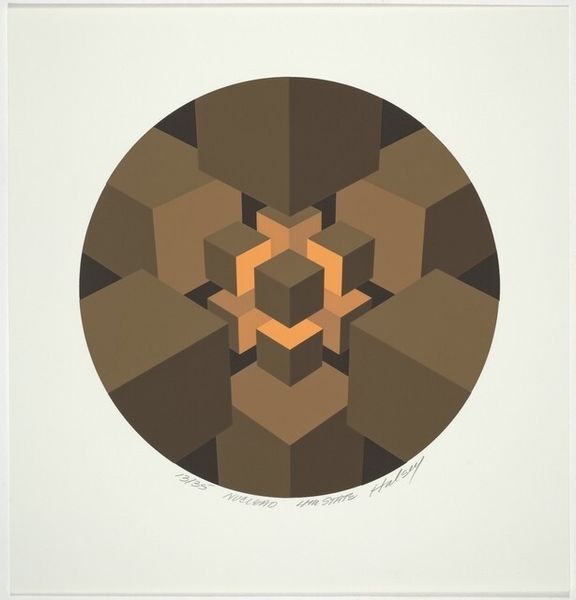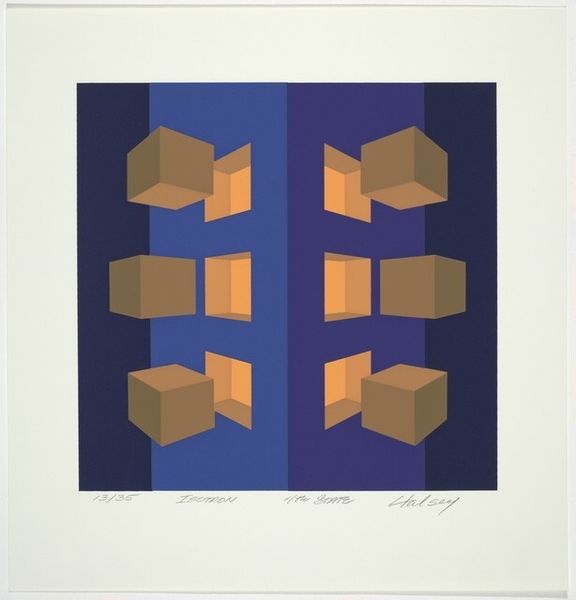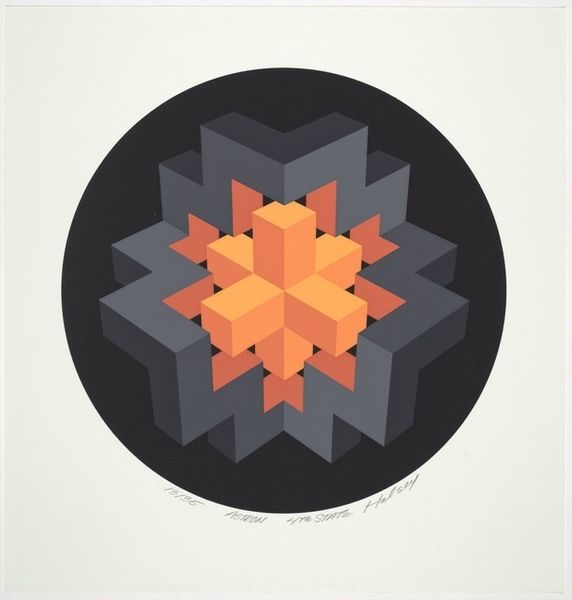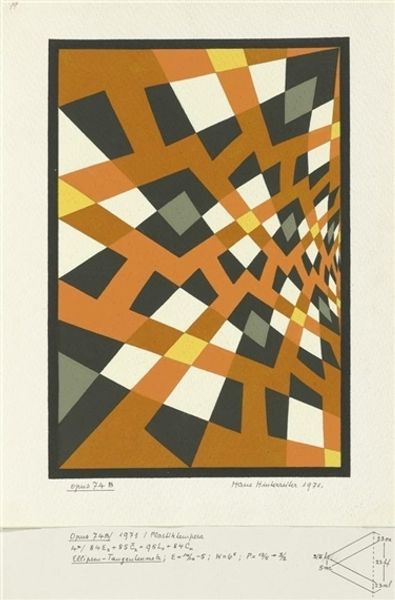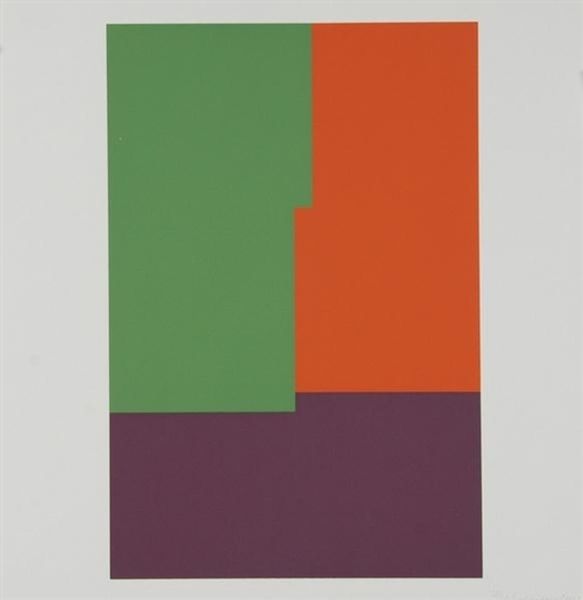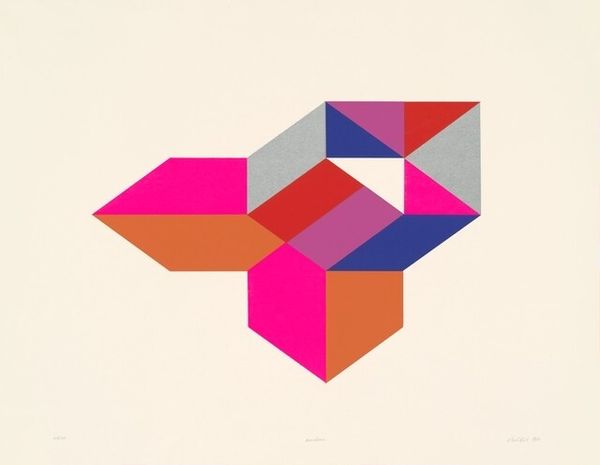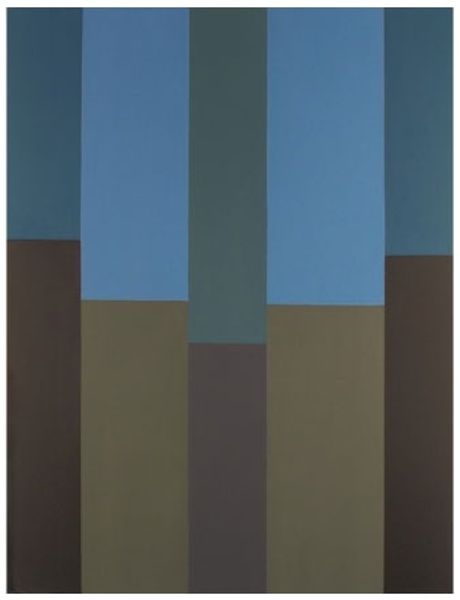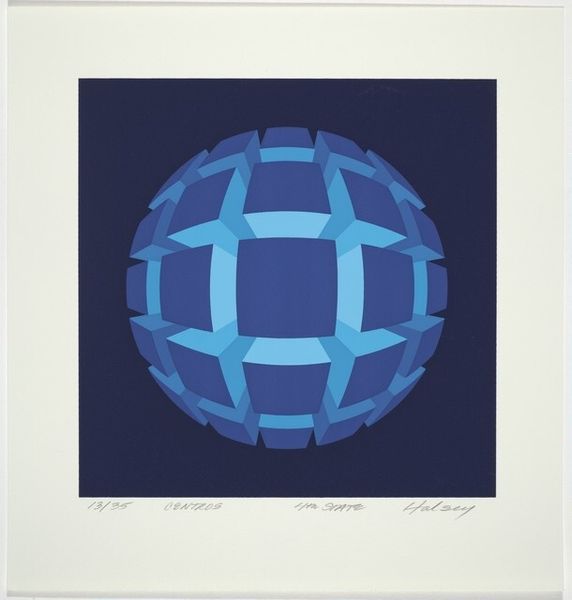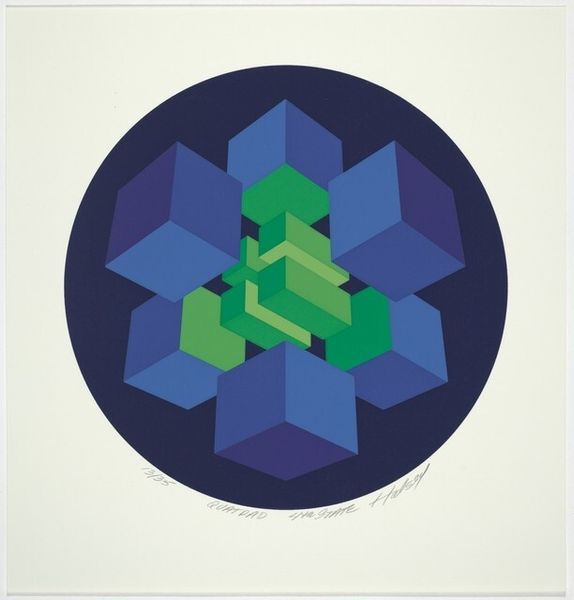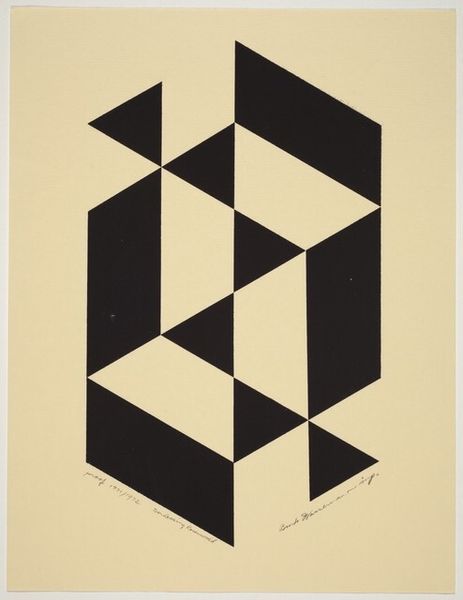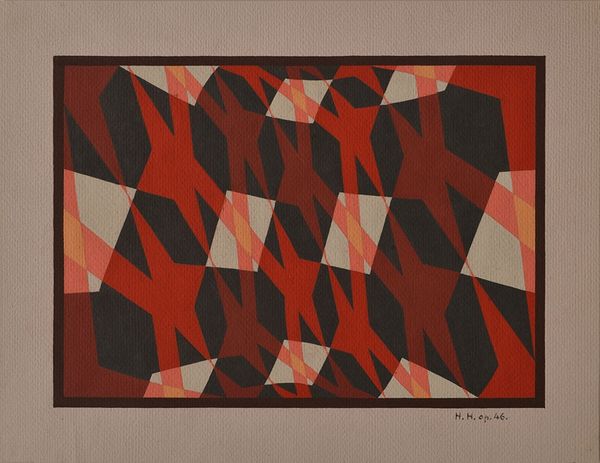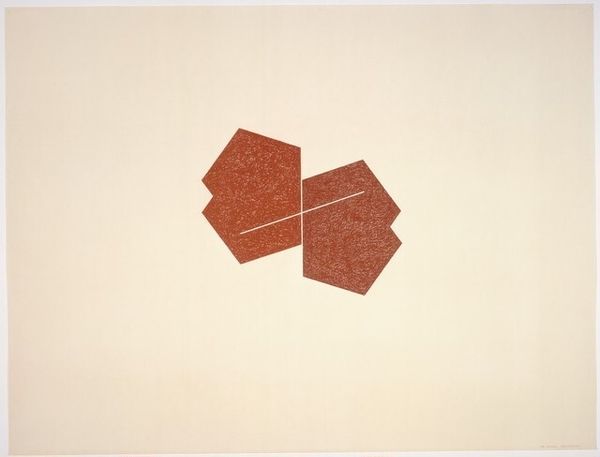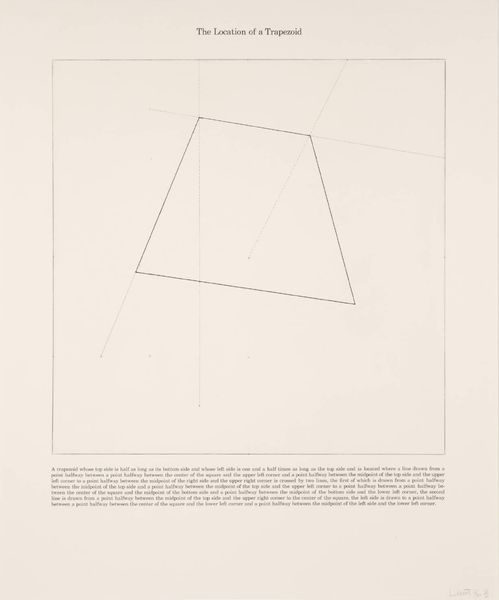
#
conceptual-art
#
minimalism
# print
#
geometric
#
geometric-abstraction
Copyright: National Gallery of Art: CC0 1.0
Editor: Here we have Brian Halsey’s 1978 print, "Theon." It features geometric shapes, sort of hovering above their reflected counterparts, all in shades of orange. What is striking to me is how still and silent it feels; what do you make of it? Curator: Well, stillness can be powerful. Consider how minimalism, particularly in the 1970s, was in some ways a rebellion against the excess and chaos of consumer culture, even a patriarchal social structure. The print's muted palette, restricted to tones of reddish-orange, and simple forms—these shapes referencing, yet distorting classical geometric solids—suggest a reductive ethos. What sociopolitical commentary do you believe might be in conversation here? Editor: The reference to a controlled response is interesting. Do you mean it as a critique of, perhaps, corporate power? Curator: Potentially, yes. Think about the sterile, geometric aesthetic often associated with corporate architecture, government buildings. Now consider how Halsey inverts those symbols, presenting them in an ethereal, almost dreamlike way. This deliberate shift can disrupt the power dynamics these structures usually represent. What happens when we think about its meaning if this was the creation of an emerging gay artist during the time? Editor: Hmm, I did not think of that... almost as if, during an isolating period, one can re-imagine familiar things for hope of something different, while trapped indoors or not knowing what is happening. So that even something rigid might take on a different dimension, and meaning. I really enjoyed your reading. Curator: And I valued your openness to engage with it beyond pure formalism. It demonstrates the ongoing need for multifaceted discourse on art that welcomes personal introspection.
Comments
No comments
Be the first to comment and join the conversation on the ultimate creative platform.
